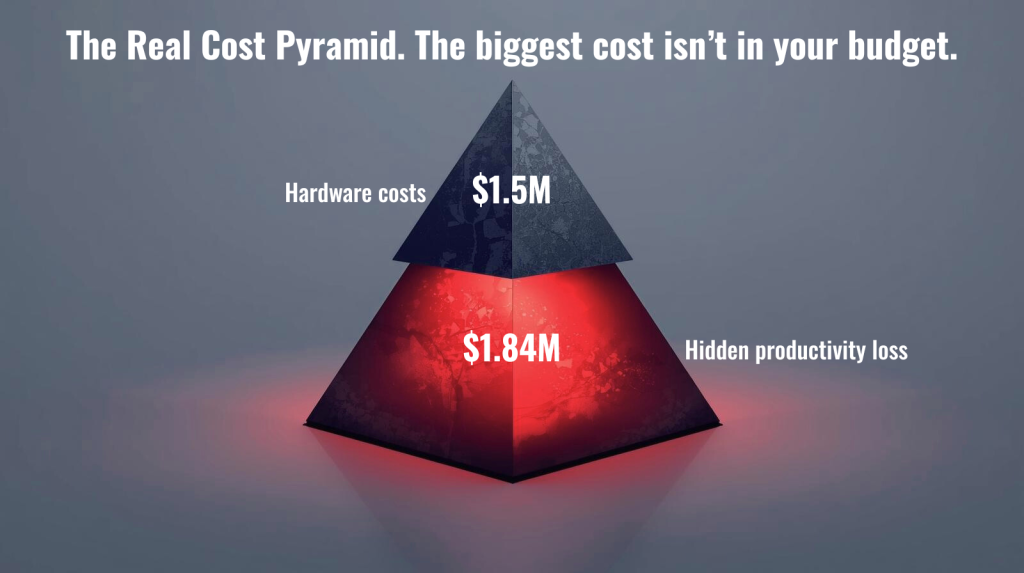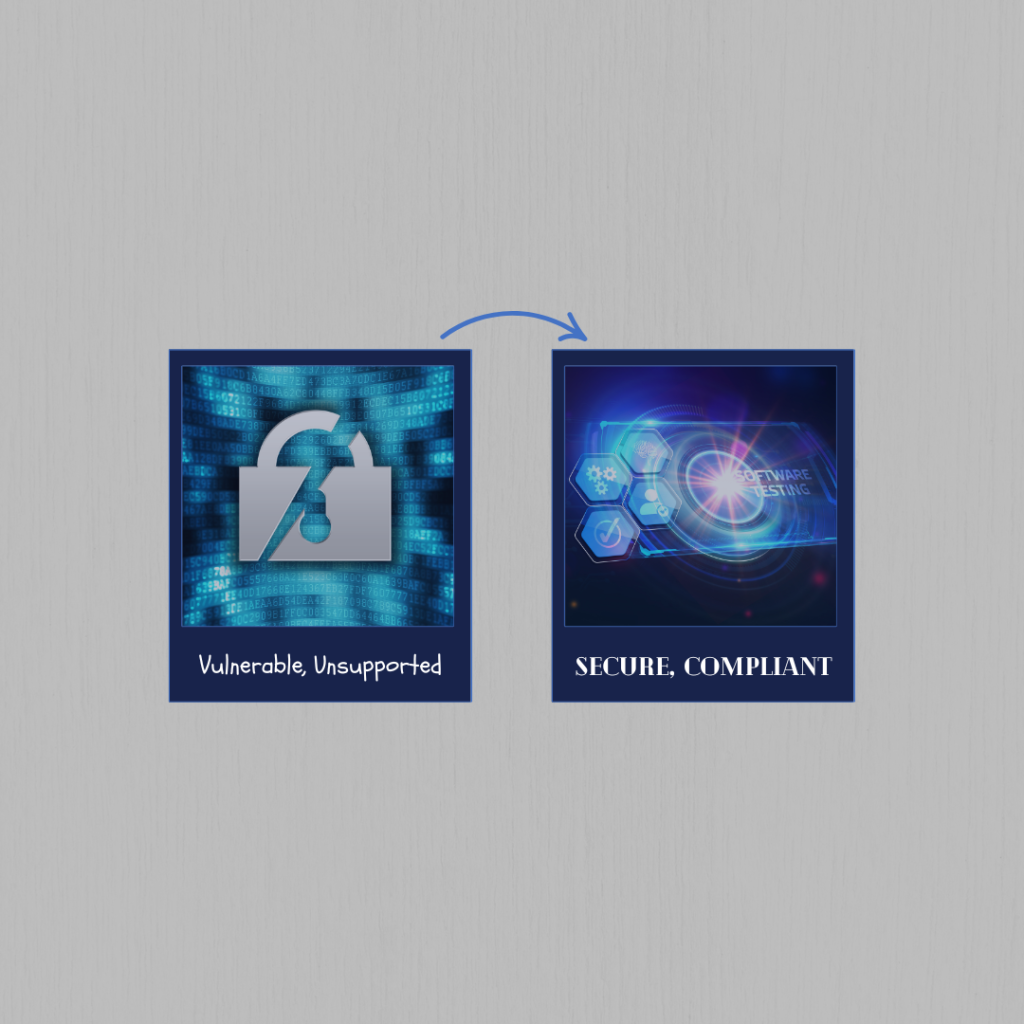In an era where cyber threats loom large, businesses engaging with the U.S. Department of War (DoW) face an urgent imperative: achieving Cybersecurity Maturity Model Certification (CMMC) Level 1 or Level 2 compliance. Introduced by the DoW, CMMC is a robust framework designed to protect sensitive unclassified information, including Federal Contract Information (FCI) and Controlled Unclassified Information (CUI), across the Defense Industrial Base (DIB) supply chain. As cyber-attacks on government contractors rise – costing billions annually – compliance is no longer optional; it’s a strategic necessity. Here’s why businesses should prioritize CMMC Levels 1 and 2.
CMMC Level 1: Setting the Foundation of Trust
CMMC Level 1 sets a baseline with 17 basic cybersecurity practices, focusing on protecting FCI – data integral to federal contracts. This level is accessible to small businesses or those new to DoW work, requiring measures like access control, device security, and regular updates. For a company handling basic contract details (e.g., project timelines), Level 1 ensures foundational safeguards against common threats like identity theft and ransomware. Noncompliance risks exclusion from the DoW contracting market, where even minor contracts demand certification. Achieving Level 1 signals reliability, opening doors to initial DoW opportunities and building a compliance culture.
CMMC Level 2: Elevating Security for Critical Data
Level 2 escalates the standard with 110 practices, aligning with NIST SP 800-171 to protect CUI – sensitive data like design specifications or proprietary AEC models. It mandates third-party assessments by Certified Third-Party Assessment Organizations (C3PAOs) for their first year evaluation and self-assessments for the next 2 years, ensuring robust defenses against sophisticated attacks. For firms managing data for DoW projects, Level 2 compliance mitigates risks of intellectual property theft, a growing concern as cyber incidents rose 20% in 2024. With full enforcement slated for Q1 2026, businesses face a shrinking window to adapt, making Level 2 a competitive differentiator.
The Stakes of Non-Compliance
Failure to comply can lead to contract termination, legal penalties up to $250,000 per violation, and irreparable reputational damage. A 2023 breach of a DoD contractor cost $15 million in fines and lost contracts. Beyond penalties, non-compliance erodes trust with partners and clients. Conversely, compliance enhances credibility, attracting DoW and private-sector clients alike. It also positions businesses to leverage government incentives, like tax breaks for cybersecurity investments.
Strategic Benefits and Implementation
Compliance goes beyond regulation – it’s a business advantage. Secure cloud solutions streamline data management, reducing breach risks by 60% and audit preparation time by 40%. For SMBs, costs must be budgeted for implementation and assessments, but ROI comes from securing contracts and improving operational efficiency. Staff can be trained using cloud-hosted resources, ensuring scalability.
Call to Action
As cyber threats evolve, CMMC Levels 1 and 2 are not just requirements, they’re investments in resilience and growth. With Advance 2000, you can start with a compliance audit, adopt secure tools, and train teams. Contact us and act now to safeguard your business’s future in the DoW ecosystem.



